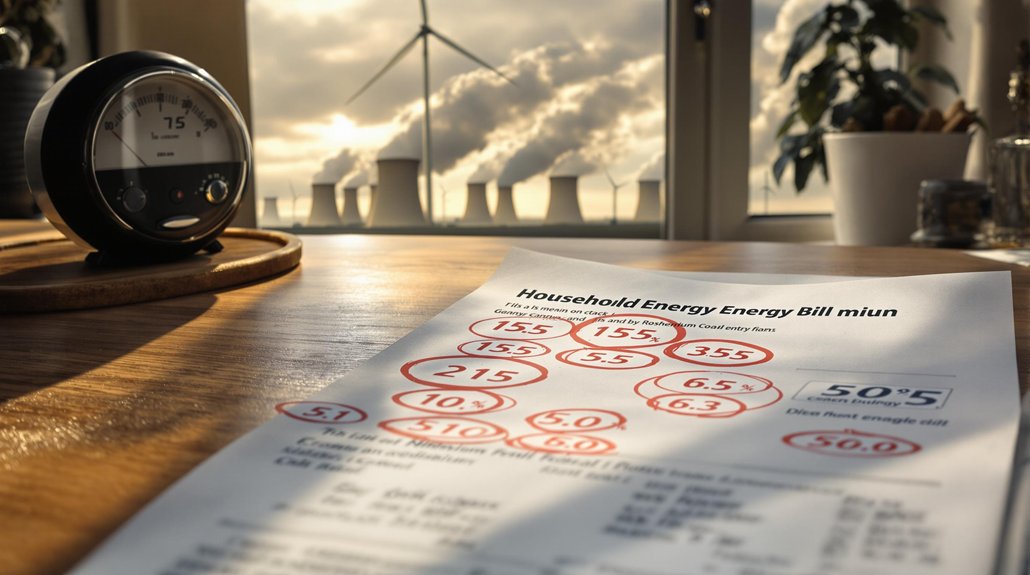India has just thrown the power sector rulebook out the window. The government has scrapped the mandatory Power Purchase Agreement (PPA) requirement for securing coal supply to power plants – a move that’s sent shockwaves through the industry. No more jumping through bureaucratic hoops just to get your hands on some coal. About time.
Since the 2014 coal sector reforms, power generators have been stuck in a frustrating cycle. Want coal? Better have a long-term contract with distribution companies first. Not anymore. This policy alteration aims to give generators breathing room, letting them respond to market conditions without being chained to paperwork from another era.
Power generators finally freed from the PPA-coal catch-22, allowing market responsiveness instead of bureaucratic gridlock.
The change isn’t just random bureaucratic reshuffling. It’s targeted. Merchant power plants and short-term electricity market participants now have better access to coal. During those sweltering summer months when everyone’s cranking up their air conditioners? Power plants can now ramp up generation without PPA constraints holding them back. The approach stands in stark contrast to the U.S. experience, where tariff disruptions significantly hampered clean energy supply chains.
Coal India and its subsidiaries are already adjusting their allocation processes. Railways and ports are bracing for more dynamic coal movement patterns. It’s a logistical puzzle that’s being reconfigured in real-time. This flexibility mirrors Andhra Pradesh’s recent move to purchase 4000 million units from SECI to meet their growing energy demands.
Market reactions have been swift. Both private and state-owned generators see new opportunities in spot markets. Despite controversies surrounding some PSAs, including allegations of bribery involving Adani, procurement decisions continue to focus on meeting projected power requirements. E-auctions for coal linkages might get a lot more interesting – and competitive. Distribution companies, predictably, are wringing their hands about price risks. They’ll adjust.
The reform fits neatly with India’s “Power for All” mission and supports the massive renewable energy shift underway. It’s a balancing act – using flexible coal capacity to support the country’s ambitious goal of 500 GW non-fossil capacity by 2030.
Challenges remain. Market oversight needs to be robust to prevent manipulation. There’s always that risk of over-reliance on volatile spot markets. But overall? This is India cutting through red tape that’s been strangling its power sector for years.
References
- https://www.business-standard.com/companies/news/andhra-electricity-regulator-approves-power-purchase-from-seci-for-fy26-125022100410_1.html
- https://timesofindia.indiatimes.com/city/vijayawada/andhra-pradesh-govt-stands-firm-on-power-sale-agreement-with-seci-amid-controversy/articleshow/116147641.cms
- https://www.eqmagpro.com/andhra-electricity-regulator-okays-power-purchase-from-seci-in-fy26-eq/
- https://www.mondaq.com/india/government-contracts-procurement-ppp/1604616/projects-energy-infrastructure-monthly-newsletter-february-march-2025
- https://www.nredcap.in/PDFs/2025/WtE_Power_Purchase_Agreement.pdf









